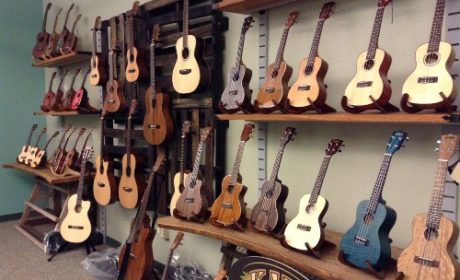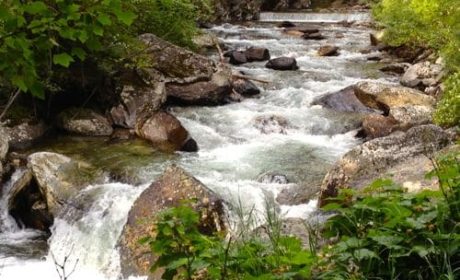Are you considering an Olympic Peninsula road trip in Washington State? The region hosts a diverse selection of active travel experiences, especially for nature lovers.
When planning trips, I always appreciate advice from the locals. Olympic Peninsula resident, Jo-Anne Bowen, Journeys with Jo-Anne, has created a wonderful 3-day boomer road trip to tempt our itchy travel feet. Read on!
Olympic Peninsula Road Trip Itinerary
Explore Port Townsend, Sequim and Olympic National Park during 3 days of roadtripping fun in NW Washington State. Since I’m an Olympic Peninsula resident, I’ll show you how to enjoy the sight of marine life, catch glimpses of forest wildlife, and admire views from majestic mountains to stunning ocean beaches.
Don’t forget to appreciate the fresh sea air and taste the fruit de Mer from the mighty Pacific. Of course you’ll also want to explore history and appreciate the architecture while you’re traveling on this Olympic Peninsula itinerary.
Day 1: The Drive to Port Townsend
Driving from southern Washington, head north on the I-5 to Olympia. From Olympia, take US 101 which follows the coast.
Although only 78 miles, 101 is a slow road with many beautiful vantage points of the Pacific. I recommend at least three hours for this part of the journey.
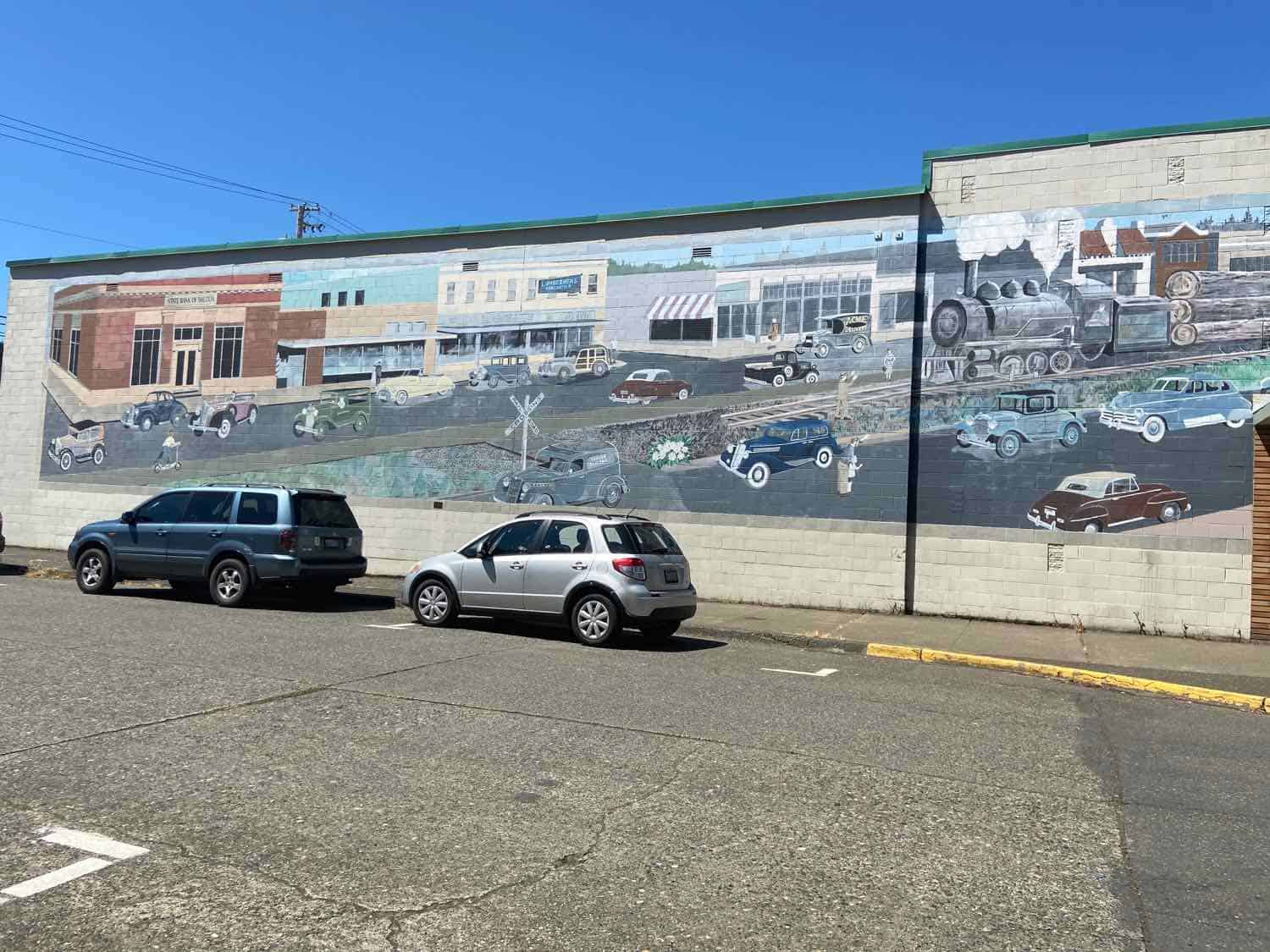
A mere 18 miles up the road, stop at the town of Shelton. The economy of Shelton hinges on logging, farming, ranching, and oyster cultivation. Shelton is also known for its Christmas Trees. Look for the farms along the highway.
Be sure to visit Tollie the 90-ton locomotive train used to transport logs from 1924 to 1958. Tollie’s caboose, located next to the post office on the main street, houses the town visitor center. Right across the street, admire the mural highlighting town history.
Continuing north on the 101, it’s time to think about lunch. Stopping at Geoduck Restaurant & Lounge, right along the road just outside of the town of Brinnen is a great choice. Known for its lively atmosphere, good food, and pleasant water views, there is both indoor and outdoor seating.
By mid-afternoon, you’ll arrive in Port Townsend.
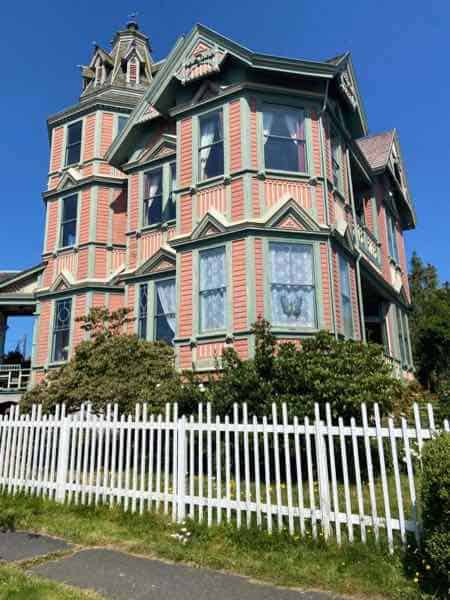
In the late 1800s century, Port Townsend was heralded as an upcoming official seaport of entry to Washington State. As a result, many businesses, banks, and consulates moved to the site. They built large Victorian homes and industrial buildings.
Spend time driving around town admiring the Victorian homes. Watch for resident wildlife in the side street. The deer enjoy munching on neighborhood greenery.
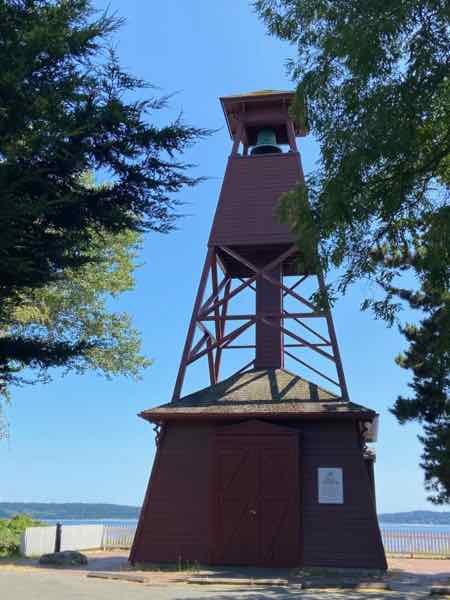
At the top of the hill, stop at the Wooden Fire Bell Tower, the last remaining wooden fire bell in the United States. The 75-foot structure, built in 1890, was used for more than 50 years.
After admiring the views of the Pacific, enjoy a sundowner before settling in for the evening.
Boomer Travel Tip
Looking for hotel options in Port Townsend? Start your search here.
Day 2: Port Townsend and Sequim
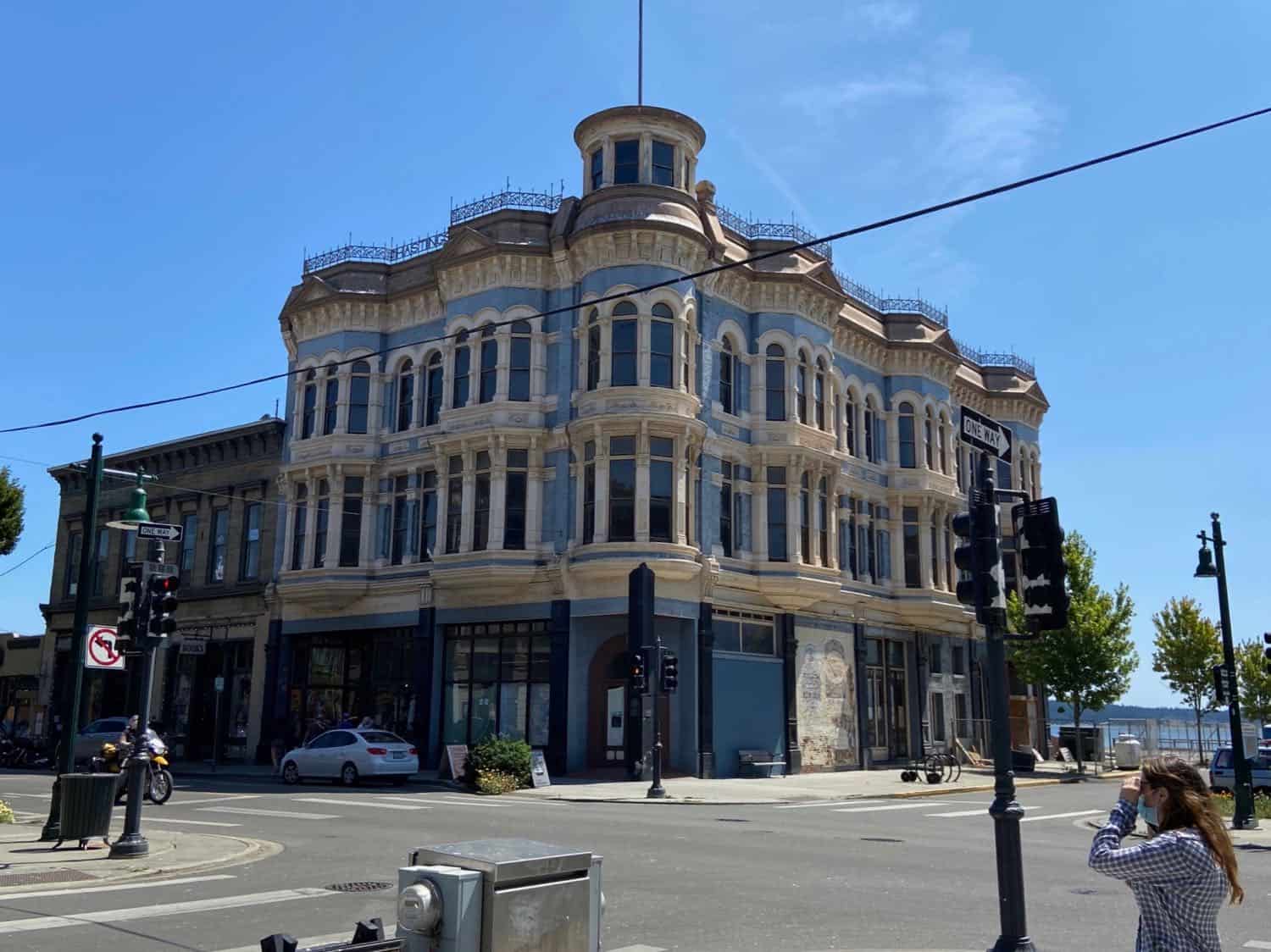
Spend the morning in Port Townsend. Park your vehicle in the downtown area off Water Street. There is plenty of parking available.
Stroll the waterfront admiring the Victorian Architecture. Enjoy stopping in at the numerous art galleries and shops.
Take note of the Ghost Signs painted on the brick walls of buildings. These were the advertising signs of old. Most were painted in the 1920s and 1930s.
Stop for refreshments at Better Living Through Coffee. Enjoy both inside and outside seating watching all the marine activity.

Continue your stroll down to Union Wharf. Plan to spend at least an hour enjoying the marine and mountain views and reading the many informative placards. Rest for a while on the many benches.
Stop for lunch at Howell’s Sandwich Company, 929 Water Street. I enjoy the outside seating along the waterfront.
I always order the Birds The Word Sandwich. Great choice! Portions are large so you might want to share one.
For the afternoon, head back to highway 101 and continue 17 miles to Sequim. Pronounced Skwim, the city won the USA Today 2017
Best Northwestern Small Town Award.
One local describes the area as the “Blue Hole”. Although situated in the rain shadow of the Olympic Mountains, Sequim receives only 11-14” of yearly rainfall. Average temperatures range between 40 and 60 degrees.
The city claims to be the Lavender Capital of North America. Check this link for a lavender loop driving and biking trail.
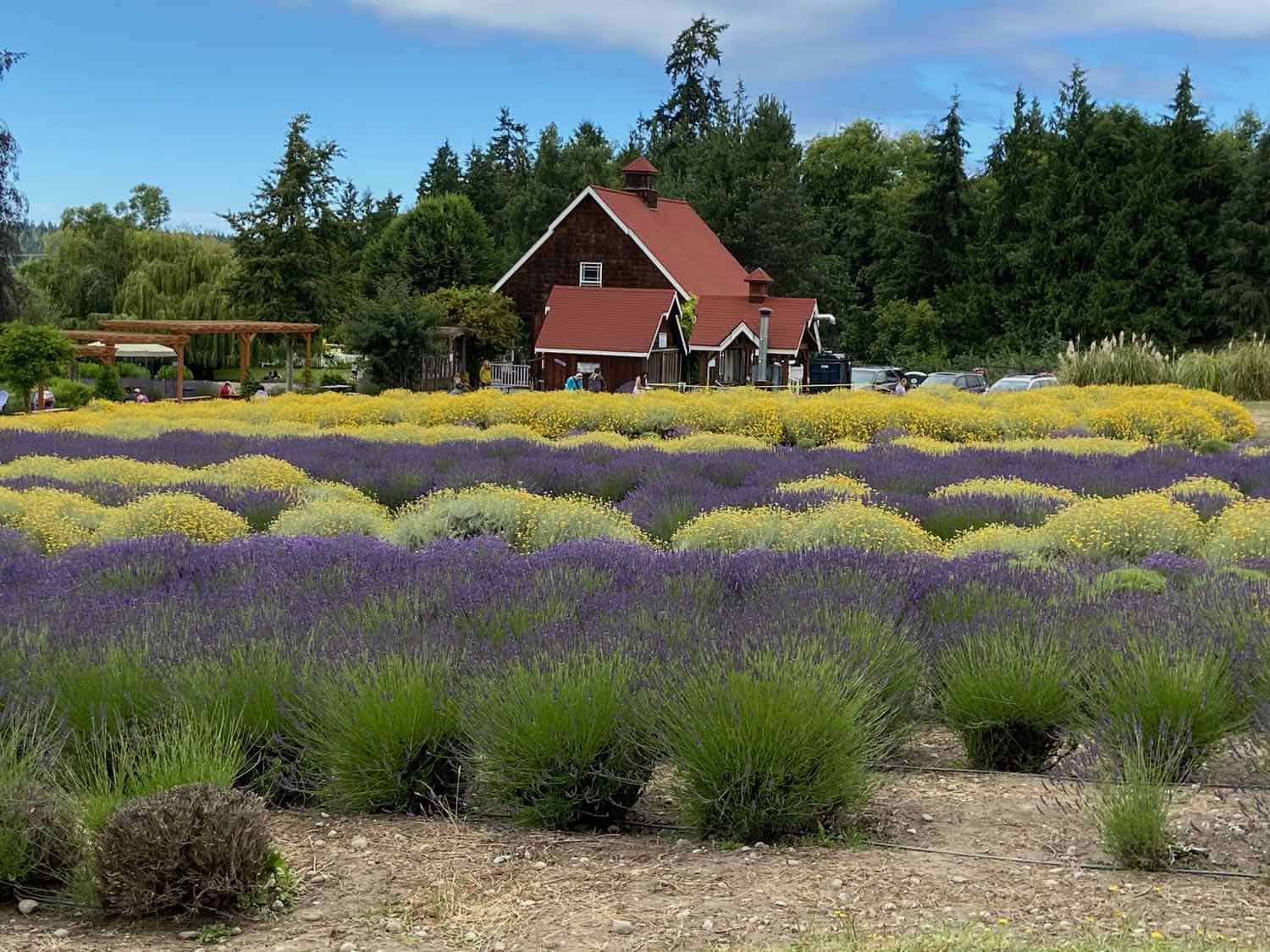
In the summer, the fields are awash with shades of purple, white, and yellow. Step out of your vehicle and enjoy the delightful fragrance in the air.
Some farms are open to the public with gift shops that sell unique lavender products. The city holds a Celebrate Lavender Festival each July.
Now it’s time to look for marine life. Drive along Marine Drive and down to the water’s edge to the Dungeness National Wildlife Refuge.
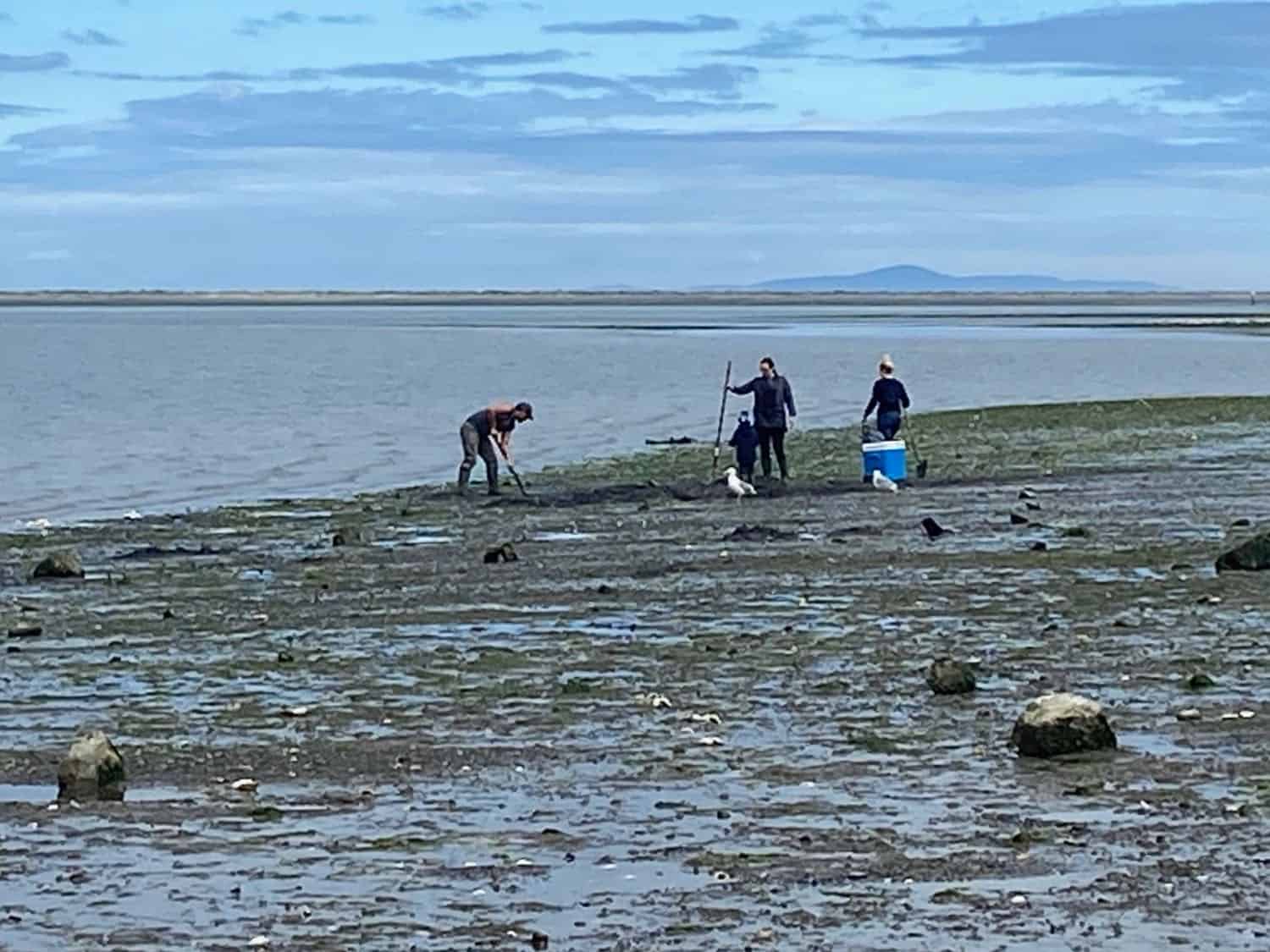
Stroll the beach and enjoy the sight of recreational crabbers and clammers. Marvel at all the crab and clamshells on the beach.
Perhaps learn how to crab and clam yourself. Remember that anyone over the age of 15 is required to have a fishing and shellfishing license, which are available online. You can consult this link for more information.
More things to do in Sequim
Check out the morning Bird Walks at the Dungeness Audubon Center. Each month, there is also a first Friday Art Walk held from 5-8 pm. For evening entertainment, check out the Sequim Opera House.
The New Dungeness Lighthouse is a functioning lighthouse that guides navigation through the Strait Of Juan De Fuca. Available for tours, one can hike to it via a five-mile beach walk. Members of the lighthouse are eligible for a weeklong stay as a lighthouse keeper.
Day 3: Hurricane Ridge & Olympic National Park
Head back on the 101 North to Port Angeles and the Olympic National Forest Visitor Center. The Olympic National Park is a protected wilderness area of over 900,000 acres.
With elevations ranging from sea level to over 8,000 feet, the national park offers breathtaking views of mountains, forests, and coastline. There are three distinct ecosystems here: glacier-capped mountains, Pacific Coastline, and temperate rainforest.
Stop at the main visitor center just outside Port Angeles for a topographical map. Be sure to take time to explore the exhibits, displays, and films.
Now head up Hurricane Ridge Road. Watch for deer, elk, mountain goats, black bears, bald eagles, and more than 300 species of birds. Remember to always watch wildlife from a distance and never feed them. Driving through the dense national forest, look for Sitka Spruce, Douglas Fir, western hemlock, and western red cedar.
Be aware that the weather at Hurricane Ridge can change dramatically in just a short period of time, resulting in road closure at any time. Check the weather conditions at the Olympic National Hotline – 360-565-3131.
At the top, visit the Hurrican Ridge Visitor Center for more beautiful views, maps, and snacks. There are two hiking trails. Hurricane Hill Trail is 1.6 miles, the first quarter of which is wheelchair accessible. An easier trail is the .5 mile Cirque Rim which is entirely wheelchair accessible.
By now, it’s time to think about a late lunch. Head back to highway 101 and continue south to the city of Sequim.
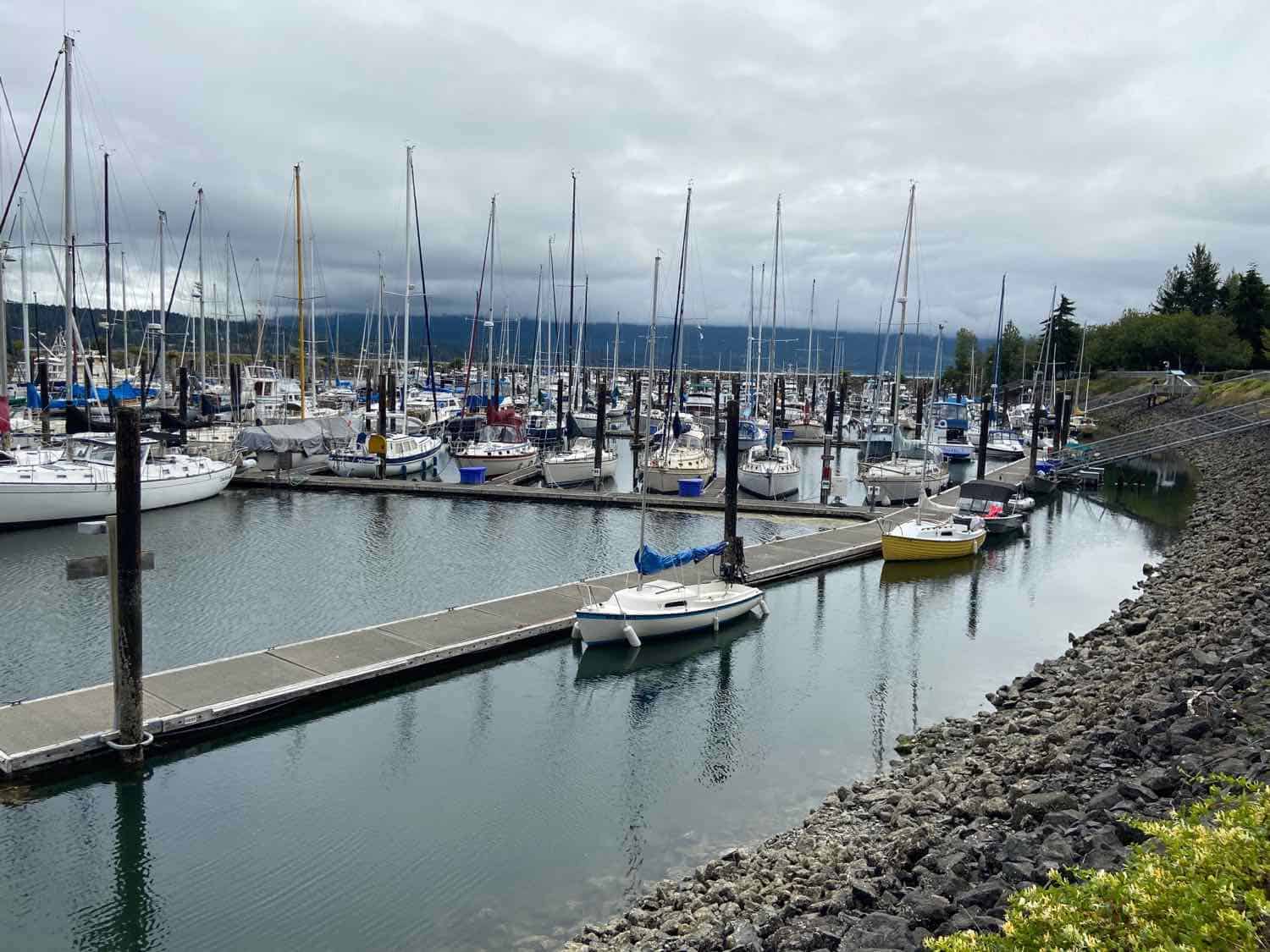
Visit the John Wayne Marina – yes, that John Wayne! He donated this land to Sequim because he wanted others to enjoy one of his favorite fishing spots.
Enjoy the delicious seafood with marina views at the Dockside Grill. Both indoor and outdoor seating is available.
Since you’re almost at then end of this 3-day itinerary, plan a return visit to see other regions of Olympic National Park. Hoh Rainforest and Rialto Beach deserve attention, too.
Head back home once again following the coastline
With glacier-clad mountains, scenic ocean views, diverse history and architecture, and the tasty seafood, the Olympic Peninsula is a delight.
Start to think about your return visit. There is still lots more to see and do!
Boomer Travel Tip
Not done roadtripping in the region? Check out this Pacific Northwest Road Trip itinerary.


